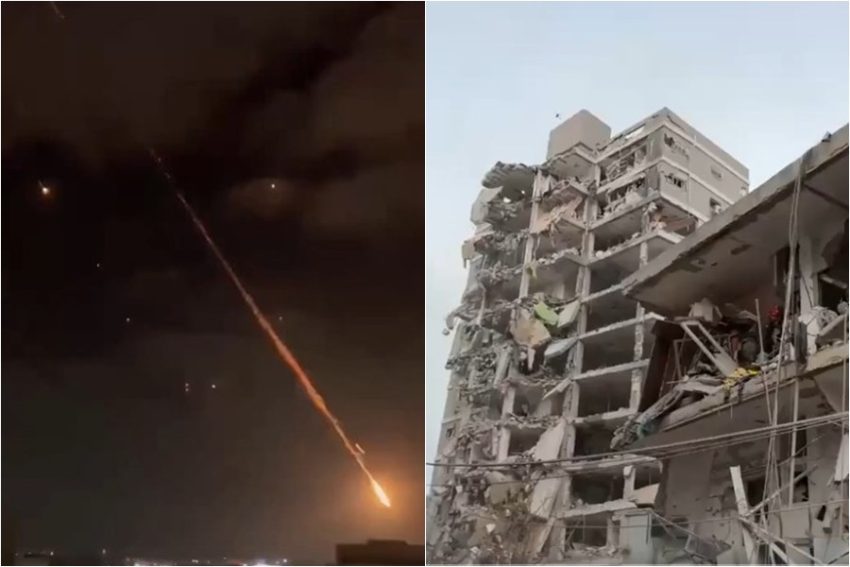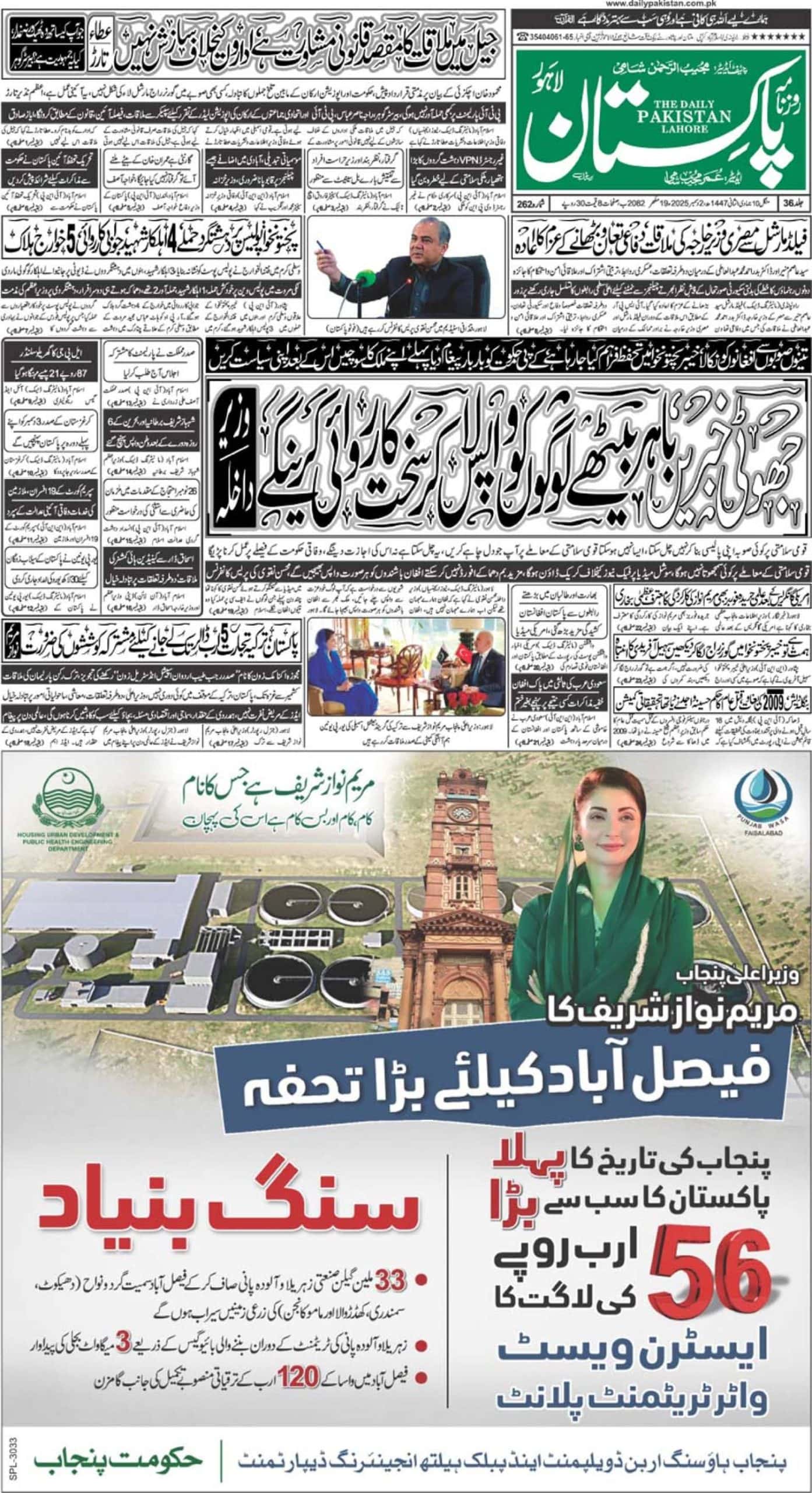TEL AVIV – World witnessed chaotic scenes in Israeli capital Tel Aviv and several other key regions as Iran fired barrage of hypersonic missiles in response to recent aggression by the Netanyahu led government.
Questions are now rising over full extent of destruction caused by latest wave of missile strikes across Israel, as the military censor continues to enforce strict gag orders on at least four impact sites.
While confirmed strikes in Bat Yam and Haifa resulted in major damage, with dozens of buildings destroyed, reports of up to 10 fatalities, and at least 18 civilians trapped beneath rubble, the censorship surrounding other hit locations has led to widespread speculation.
Security analysts suggest that some undisclosed sites may include sensitive or strategic facilities, targeting of which could major implications for national infrastructure or military operations.
Emergency services are continuing search and rescue operations in affected areas, but Israeli public remains largely in the dark about full scale of last night’s attacks. Critics argue that while operational secrecy is sometimes necessary, excessive censorship may hinder transparency and public preparedness.
Authorities have yet to release official casualty toll or detail broader strategic impact of the strikes. With visible destruction in urban centers and growing pressure on social media, calls for greater transparency are intensifying. Iranian missile strikes reportedly killed 10 civilians and injured hundreds as more than 80 ballistic missiles hit different Israeli regions, with major damage and fatalities reported in Tamra and Bat Yam.
In response, Israel continued its military operations, warning Iranian civilians to evacuate areas near weapons facilities. Tel Aviv Stock Exchange plunged, and the shekel weakened amid the conflict. Israel’s airspace remains closed, with efforts underway to bring back stranded citizens.
Is Pakistan using its Fighter Jets against Israel amid war with Iran? Here’s the Truth














